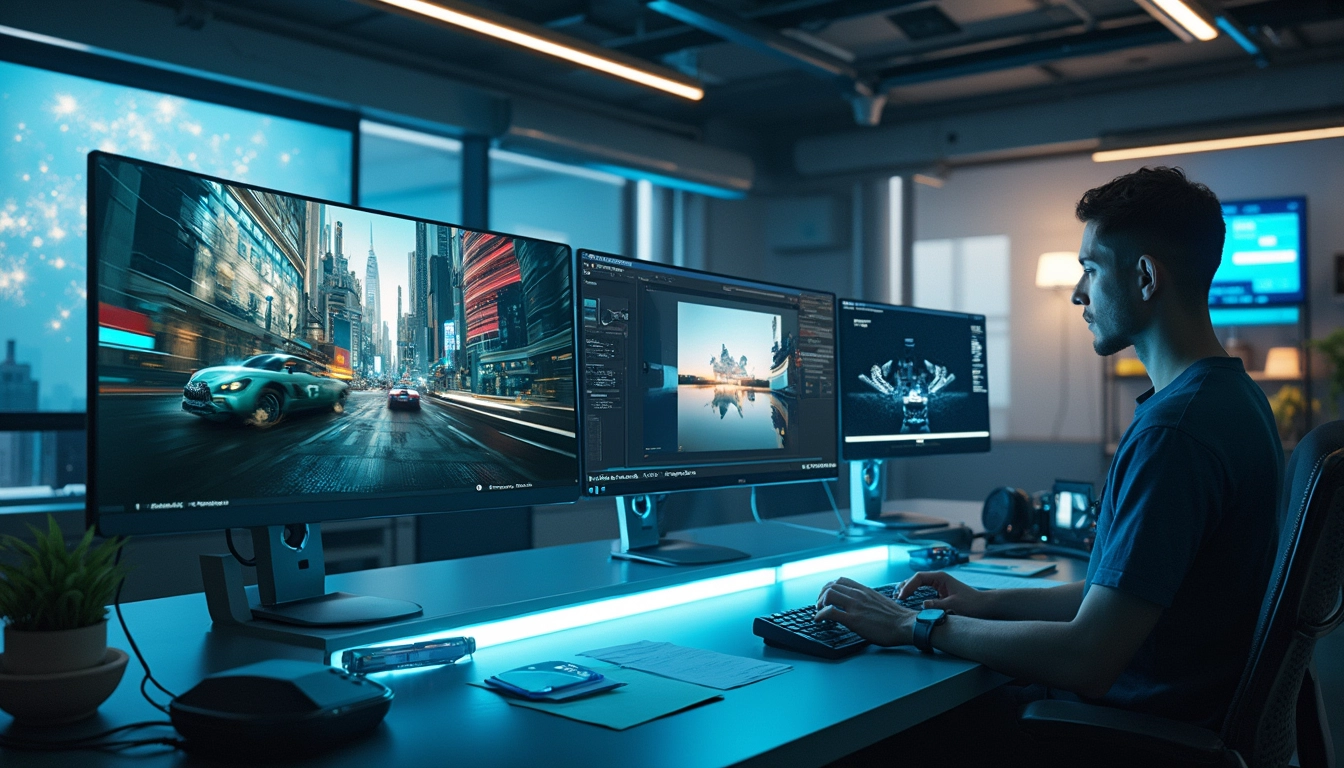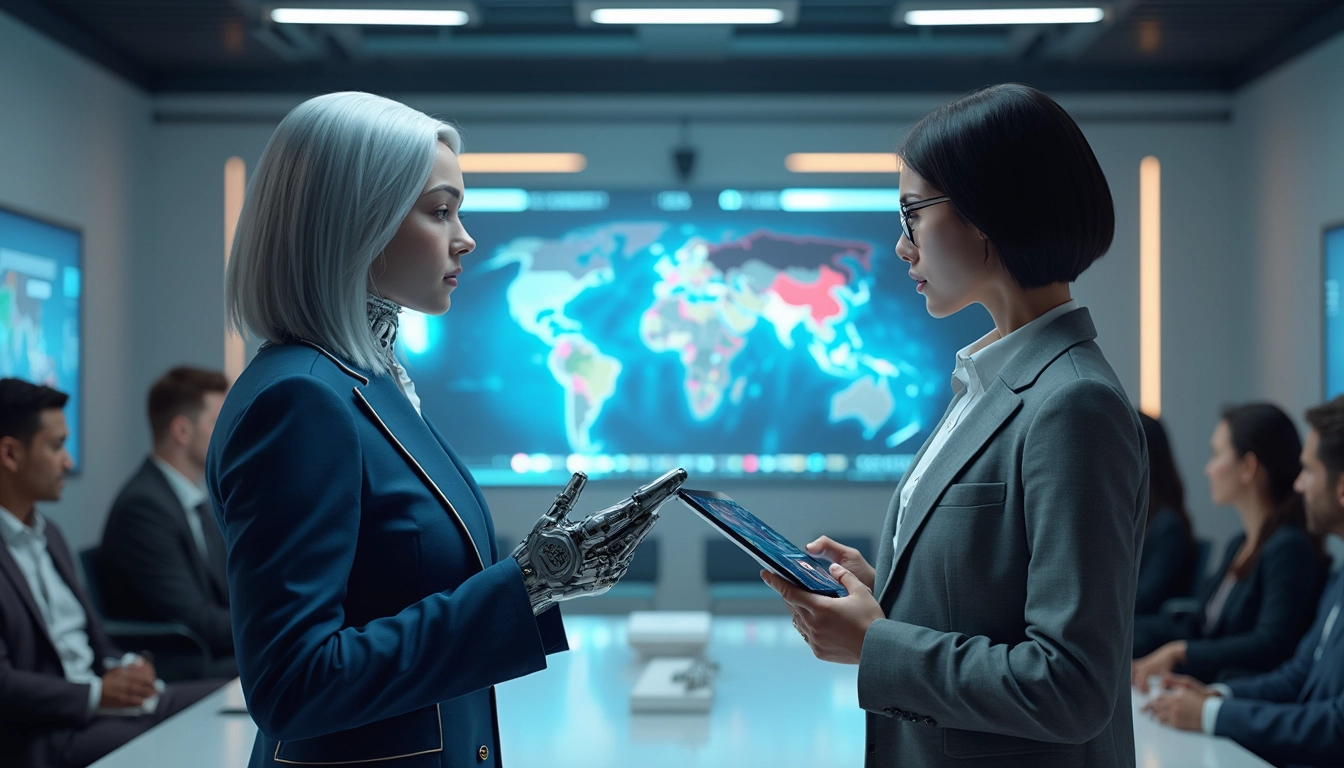
Google DeepMind Challenges OpenAI with Advanced Video Generator Veo 2
The race for AI video generation supremacy has intensified with Google DeepMind’s introduction of Veo 2, positioned as a direct competitor to OpenAI’s Sora. This technological advancement marks a significant leap forward in creating realistic, high-resolution videos through artificial intelligence, with both platforms pushing the boundaries of what’s possible in computer-generated visual content.
Key Takeaways:
- Enhanced Resolution and Duration capabilities in Veo 2, supporting 4K resolution and two-minute videos
- Advanced Motion Physics and improved camera controls for more realistic scene generation
- Integration into Google’s VideoFX platform for broader accessibility
- Implementation of SynthID watermarking to address authenticity concerns
- Competitive advantages over Sora in terms of video length and quality control
Advanced Capabilities of Veo 2
Veo 2 represents a significant technological leap in AI video generation. The platform can generate videos up to 4K resolution (4096 x 2160 pixels) and exceeds two minutes in length. This capability surpasses current market standards and sets new benchmarks for AI-powered content creation.
The system features sophisticated camera controls that enable precise virtual camera positioning and dynamic angles. Its enhanced motion modeling includes realistic fluid dynamics, improved light rendering, and better handling of fast-moving scenes, making it particularly suitable for cinematic storytelling.
Sora’s Current Capabilities
OpenAI’s Sora currently produces videos at 1080p resolution with a maximum duration of 20 seconds. While impressive in its own right, these specifications fall short of Veo 2’s capabilities. The video realism in Sora demonstrates strong potential, but its current limitations in duration and resolution present opportunities for improvement.

Accessibility and Integration
Google has made Veo 2 available through its experimental VideoFX tool, though current public access limits videos to 720p resolution and eight seconds in length. The company plans to expand access and integrate the technology into its Vertex AI developer platform, opening up commercial and creative applications.
Ethical Considerations
The development of these powerful AI video generation tools raises important ethical considerations. To address potential misuse, Google has implemented SynthID watermarking technology to mark AI-generated videos. This measure helps maintain transparency and authenticity in an era where distinguishing between real and AI-generated content becomes increasingly challenging.
Market Competition and Future Outlook
The AI video generation landscape includes several notable players like Synthesia, Autodraft, and Runway ML. Each platform offers unique features, from AI avatars to video repurposing capabilities. Veo 2’s entry into this competitive space, with its superior technical specifications, positions it as a potential market leader in advanced video generation technology.


